- Daily & Weekly newsletters
- Buy & download The Bulletin
- Comment on our articles
12 ways that life in Brussels has changed in 10 years
With a new decade about to start, it’s worth pausing a moment to consider the flavour of the past 10 years. A backdrop of global austerity and mass migration did not dim technology’s onward march. Smartphones, streaming and social media became ubiquitous in popular culture. And diversity, gender issues and ecological and climate concerns are now permanently on the agenda.
Everyday life in the EU capital has also undergone numerous changes, whether it be in its population, urban landscape, security concerns, mobility, dining habits or environment. RTBF has highlighted 12 major transformations in Brussels since 2010.
1. Population
In 2010, 1.084 million citizens were registered across all 19 communes. One year ago, the figure was 1.211 million and latest stats published by the federal public service show 1.220 million inhabitants now living in the region. The continuing growth in population is indisputable. Schaerbeek, Anderlecht and the city of Brussels reported the highest boom. Immigration and a higher birth rate compared to Flanders and Wallonia, are the main reasons for the rise. The majority of new migrants originate from Eastern Europe, South America (mainly Brazil), Guinea (regulation of former asylum seekers) and Syria (due to the country’s civil war).
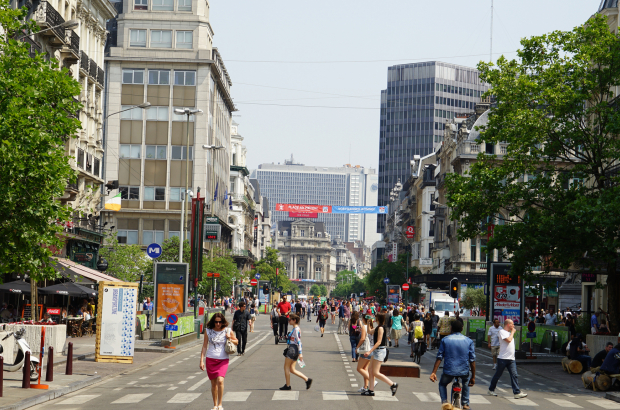
2. Pedestrian zones
After a long period of renovation, the pedestrian zone between Place De Brouckère and Place Fontainas finally became a reality - and pessimism was replaced by optimism. Other areas of the city to be handed over to pedestrians included Parvis Saint-Gilles, the top of Chaussée de Louvain in Saint-Josse, Chaussée d’Ixelles and Place Jourdan in Etterbeek.
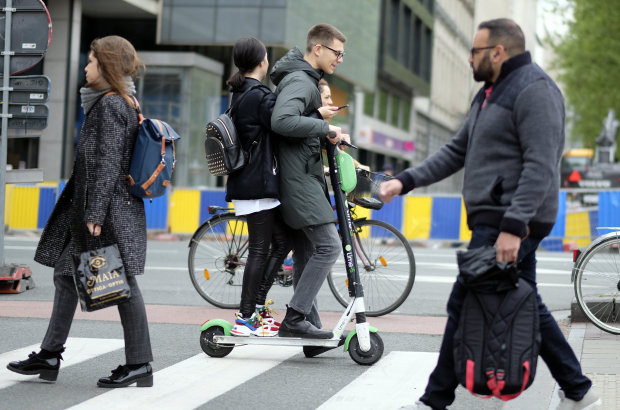
3. Scooter power
City streets were invaded by electric scooters as company after company launched its models in the capital. While offering something of a solution to Brussels’s complicated mobility situation, scooters also showed their limits. Overcrowding in the market caused some to close down amid vandalism and environmental concerns. While the trend has abated, locals and visitors alike are now favouring electric bikes available from Jump (Uber), Billy and Villo as well as the electric scooters proposed by Scooty, Felyx and Poppy. The arrival of car-sharing services has been another phenomenon, although again some operators are failing to find a permanent place in the competitive market. More information on getting around Brussels by bike and scooter here.
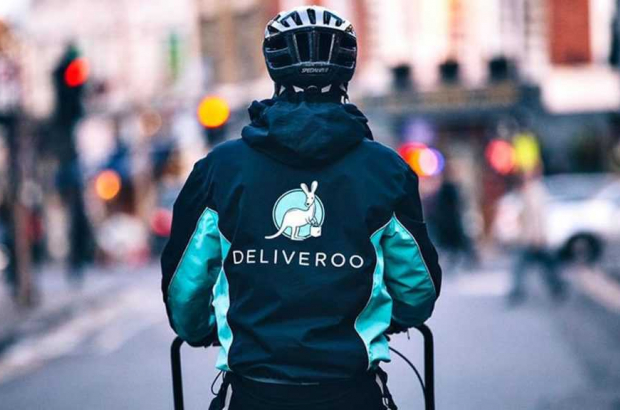
4. Bike deliveries
Ordering take away has become even easier in the capital thanks to companies like Deliveroo, Uber Eats and Takeaway, all delivering food from customers favourite restaurants. On a sourer note, concern continues over workers’ precarious social security conditions. Authorities are leaning towards a new collaborative economic model, while couriers continue to protest over their conditions.

5. Burger capital
If Brussels still overflows with pita and durum outlets, it’s increasingly becoming a destination for burger joints. Internationals may be less surprised by the new local popularity for quarter pounders in their multifarious and sometimes gastronomic form, but Brusseleers are beginning to clamour for fresh and authentic burgers plus the habitual sides. Among the places serving 100% pure beef products - and veggie options - are Chez Marraine, Buns, H & K’s, Ellis, Manhattan’s Burger, Bro’s and Cool Bun.
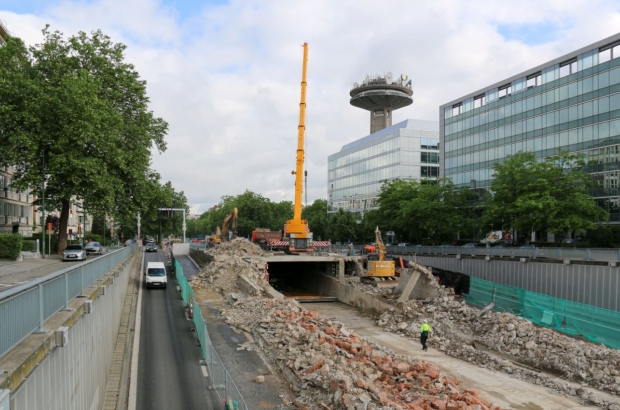
6. Goodbye Viaduct Reyers
On 29 October 2015, demolition work started on one of the city’s symbolic viaducts. Reyers viaduct had dominated the skyline in this corner of Schaerbeek for 25 years. The discovery of terminal fissures finally sealed its fate. Another renovation would have created another financial black hole, so then mobility minister Pascal Smet opted for creating a new urban boulevard. Work on this project is ongoing. In the meantime, Brussels’ decaying tunnels have created other urgent mobility infrastructure problems.

7. Terror attacks and military presence
From the attack on the Jewish Museum in Brussels in May 2014, to the shootings in Paris in November 2015 and the bomb attacks in Brussels in March 2016, the decade has been marked by tragic bloodshed. Federal and regional authorities responded with various security measures. Over the ensuing months and years, Brussels residents and visitors became used to a military presence on the streets of the city, in sensitive areas and shopping centres.
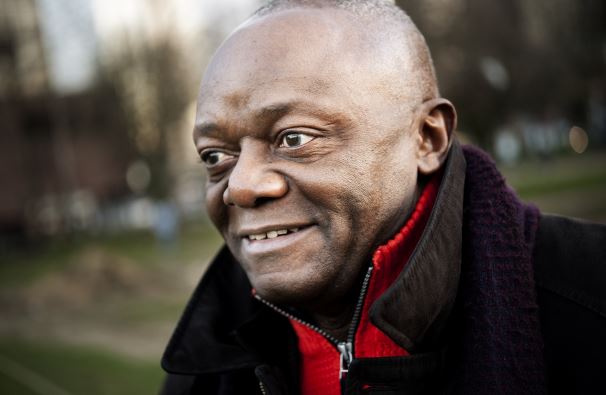
8. New political faces
And their names? Nawal Ben Hamou (PS), Elke Van den Brandt (Groen), Gautier Calomne (MR), Boris Dilliès (MR), Ahmed Laaouej (PS), Pierre Kompany (cdH), Emmanuel De Bock (DéFi), Mahinur Ozdemir (ex-cdH), among others … 10 years ago, these political personalities were for the most part virtually unknown. In addition to the increased diversity among members of parliament, a number of communes have been headed by a woman for the first time.
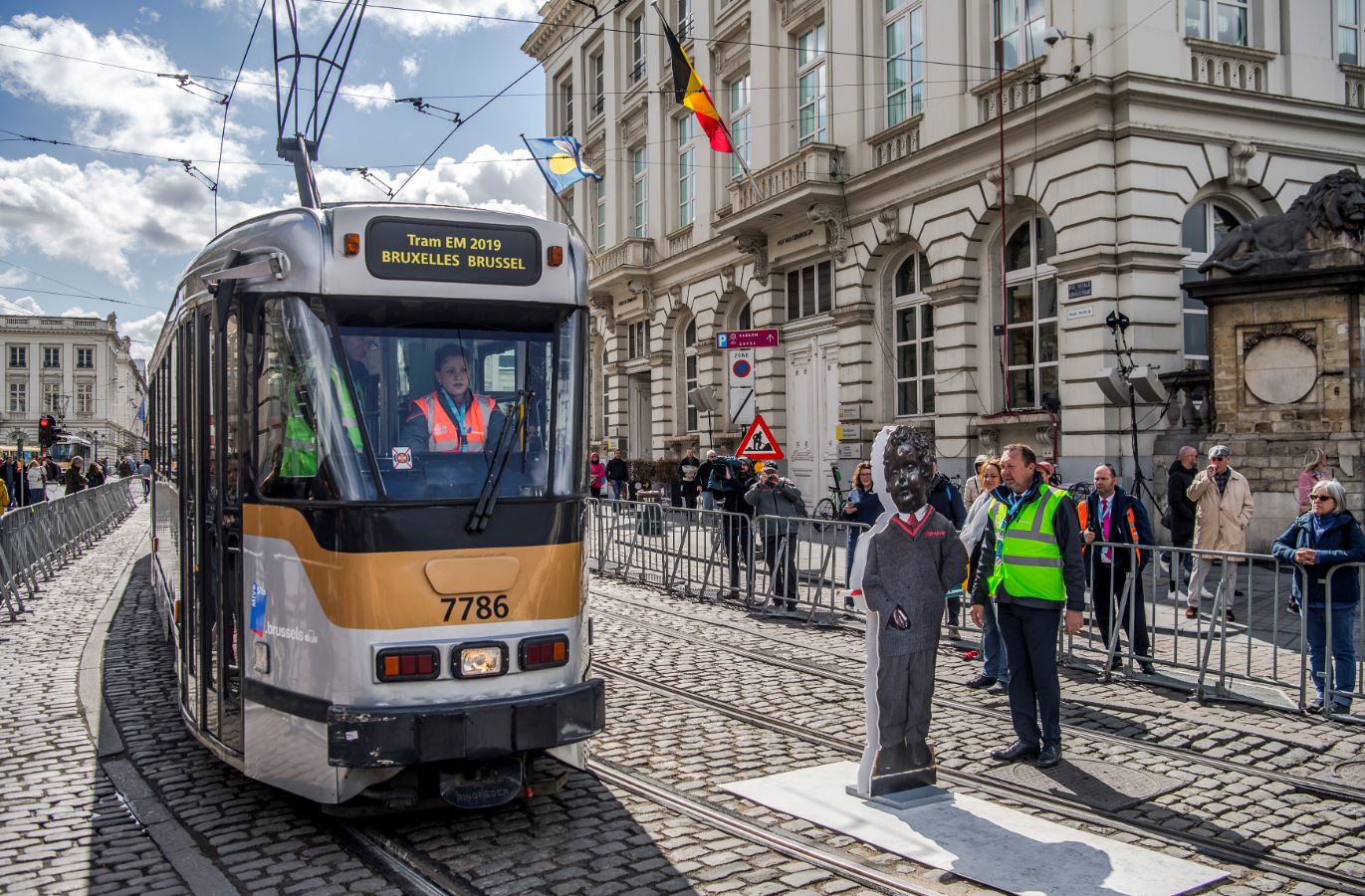
9. New tram lines
The Stib/Mivb network has continued to grow and transport more passengers, adapting to residents’ needs. In September 2011, new tram line 62 opened. Today it connects Jette cemetery to Eurocontrol in Haren and there’s still a possibility of extending it to the airport. Other major changes over the decade include the arrival of line 7 (replacing lines 23 and 24), the extension of line 94 to the Tram Museum (and its transformation into line 8), reinforcement of the frequency of lines 3 and 4, the launch of tram line 9 between Simonis and Jette, and the creation of the electric bus line 33. As regards the metro, there have been no major changes, but decisions have been made which may see the light of day in the next decade; the construction of a new metro line between North station and Bordet in Evere, passing via Schaerbeek.

10. Low-emissions zone
The low-emissions zone has been in operation since 1 January 2018. Following a period of awareness-raising and warning, it came into effect in September of that year with the aim of improving air quality in the city. In 2020, more polluting vehicles will be banned from the city. New goals have been set by the region with an end to all diesel, petrol and LPG vehicles set for 2035. Brussels’ Energy-Climate plan foresees a reduction in greenhouse gas emissions by 40% by 2030 (compared to 2005).
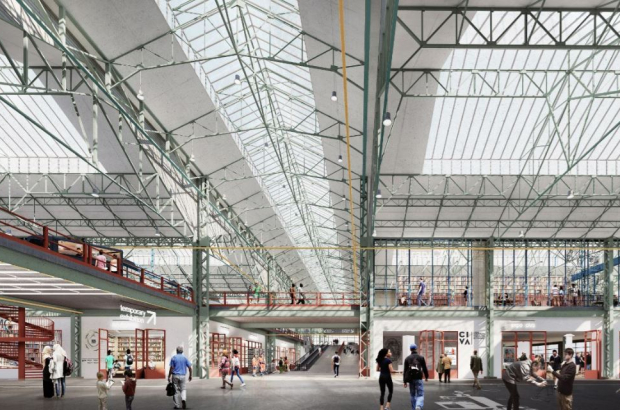
11. Palais 12 and Kanal
Since 2013, the region’s new concert hall Palais 12 can welcome twice as many people than Forest National. Since its inauguration, the arena has staged concerts by numerous stars, including Johnny Hallyday in 2016, Indochine in 2018, Nicky Minaj in 2015 and 2019, as well as Jean-Michel Jarre, Stromae, IAM. Palais 12, managed as a nonprofit by the City of Brussels, has also hosted sporting events, such as the tennis Davis Cup. After the opening of the Magritte Museum in 2009, the decade saw the arrival of a new museum dedicated to modern and contemporary art on the emblematic site of the former Citroen garage, Kanal. It pre-opened in 2018 before closing for transformation work with an official inauguration planned for 2022. Discover other cultural hotspots in Brussels here.

12. Farewell Oceade and Bruparck
Two emblematic fixtures of the Heysel plateau in the north of Brussels closed their doors during the decade, Bruparck and Océade. Aquatic park Océade stopped welcoming water fans in September 2018, before eventually being demolished. Opened in 1988, it had welcomed 250,000 swimmers per year.











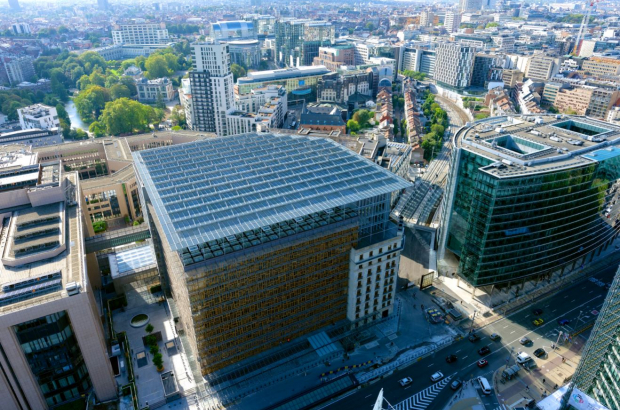







Comments
"With a new decade about to start,..."
One more year before we get to another decade.
No, 1960 is not the last year of the Fifties, and 2020 is not he last year of the Teens, regardless of whther there as a year 0 or not.